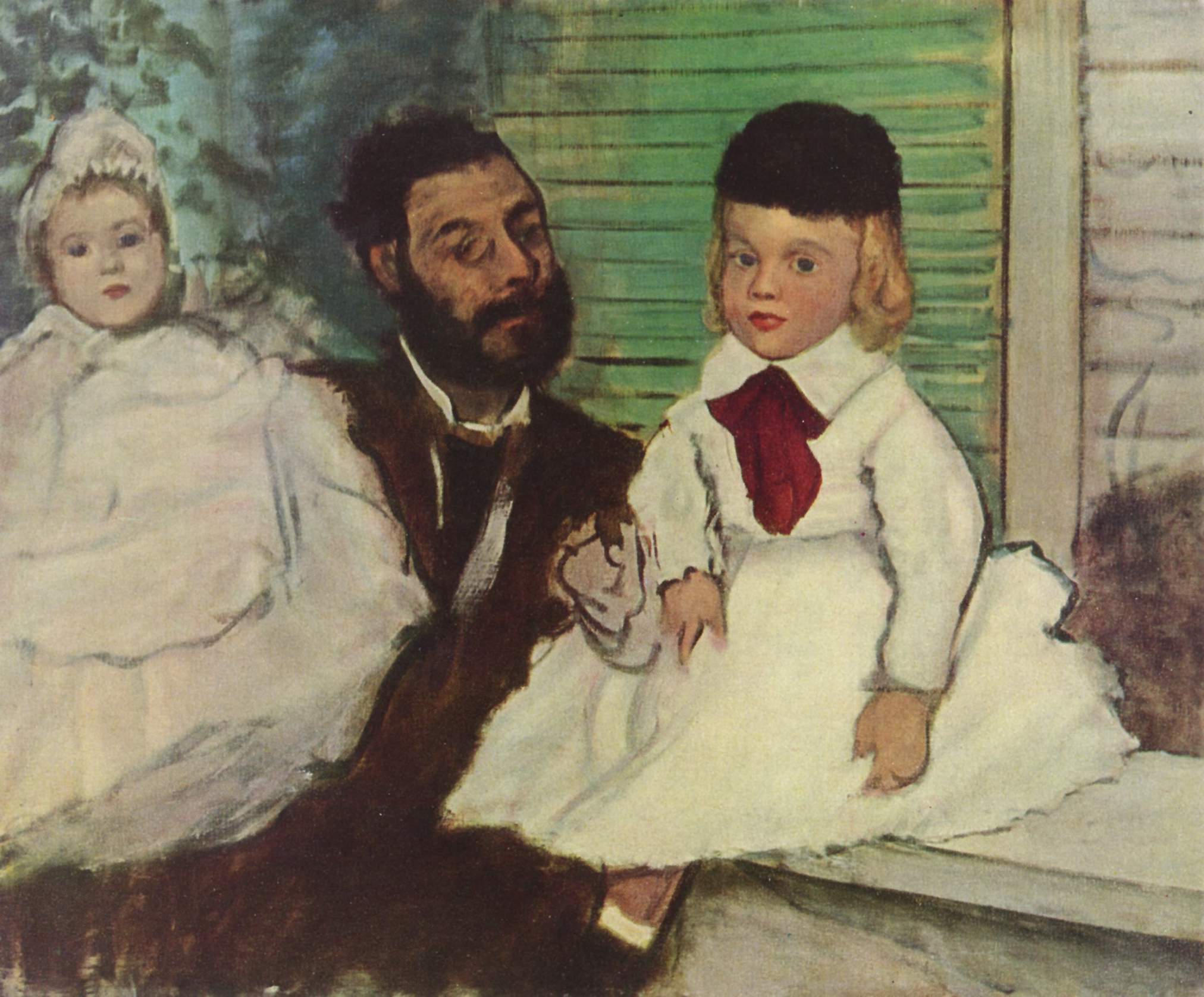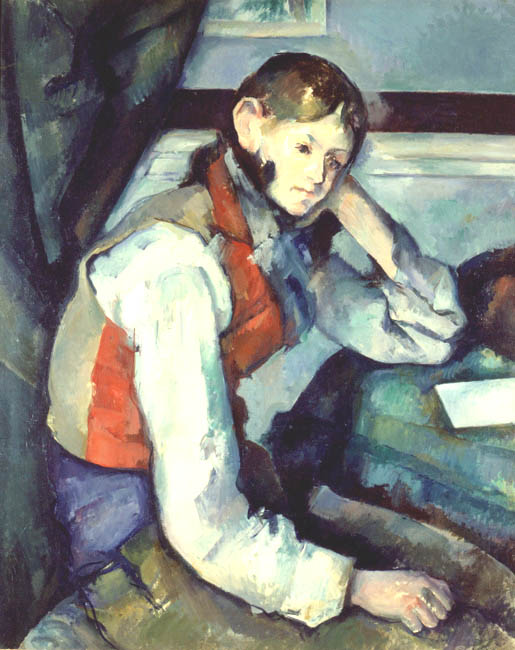Friday, September 30, 2016 -  antimafia,art theft,Guardia di Finanza,Italy,museum theft,Raffaele Imperiale,The Netherlands,Van Gogh,Van Gogh Museum
antimafia,art theft,Guardia di Finanza,Italy,museum theft,Raffaele Imperiale,The Netherlands,Van Gogh,Van Gogh Museum
 1 comment
1 comment
 antimafia,art theft,Guardia di Finanza,Italy,museum theft,Raffaele Imperiale,The Netherlands,Van Gogh,Van Gogh Museum
antimafia,art theft,Guardia di Finanza,Italy,museum theft,Raffaele Imperiale,The Netherlands,Van Gogh,Van Gogh Museum
 1 comment
1 comment
2 Vincent Van Gogh Paintings Recovered in Italy, Suspected Camorra Entanglements
The FBI's "Top Ten" unresolved Art Crimes has now been reduced to nine thanks to the dedication and hard work of a division of Italy's Corpo della Guardia di Finanza, which probes financial crimes related to organised crime. Together with the Italian Public Prosecutions office, the Naples Direzione distrettuale antimafia and dedicated Dutch investigators, two of Vincent Van Gogh's historic paintings have finally been recovered during a labor intensive investigation into Italy's organized crime syndicate that is an offshoot of the Camorra.
Fourteen years after their theft from the Van Gogh Museum in Amsterdam on December 7, 2002 the two paintings have been recovered during search and seizure operations connected to an ongoing international cocaine trafficking and mafia racketeering investigation. The artworks were recovered earlier this week in the Castellammare di Stabia area in the Bay of Naples but were kept under wraps as the investigation finalized certain details.
In January 2016 Italian authorities arrested several individuals long suspected of overseas money laundering and international drug trafficking. Two of those were affiliated with the Scampia splinter group of the Naples clan. Raffaele Imperiale was the suspected head of the clan, also had ties to Amsterdam, where he reportedly owns or owned an Amsterdam coffeshop.
Until a few months before his arrest Imperiale had been living with his family in one of the most luxurious hotels in the world, the Burj Al Arab in Dubai, where a room costs upwards of €1500 per night. Mario Cerrone, a clan affiliate turned state witness, is reported to have been the one who led the police to the paintings location -- Raffaele Imperiale's house at Castellammare di Stabia.
The art works recovered are:
Fourteen years after their theft from the Van Gogh Museum in Amsterdam on December 7, 2002 the two paintings have been recovered during search and seizure operations connected to an ongoing international cocaine trafficking and mafia racketeering investigation. The artworks were recovered earlier this week in the Castellammare di Stabia area in the Bay of Naples but were kept under wraps as the investigation finalized certain details.
In January 2016 Italian authorities arrested several individuals long suspected of overseas money laundering and international drug trafficking. Two of those were affiliated with the Scampia splinter group of the Naples clan. Raffaele Imperiale was the suspected head of the clan, also had ties to Amsterdam, where he reportedly owns or owned an Amsterdam coffeshop.
Until a few months before his arrest Imperiale had been living with his family in one of the most luxurious hotels in the world, the Burj Al Arab in Dubai, where a room costs upwards of €1500 per night. Mario Cerrone, a clan affiliate turned state witness, is reported to have been the one who led the police to the paintings location -- Raffaele Imperiale's house at Castellammare di Stabia.
The art works recovered are:
View of the Sea at Scheveningen, 1882
by Vincent van Gogh
oil on canvas, 13 inches x 20 inches
Completed in Scheveningen
This small picture is considered to be one of Van Gogh's finest masterworks. Painted directly on the beach in Scheveningen where the famous Post-Impressionist artist set up his easel and painted “plein-air” (in the open air), Van Gogh's signature style of thickly applied paint still contained grains of sand which had blow onto the canvas and stuck to the paint as the artist worked.
When ARCA asked investigators who had facilitated the identifications after the recovery of the painting if they had physical access to the paintings and if they could see these fine grains of sand, the investigator responded happily “I have seen them today. And I have smelt the sea.”
In terms of its condition upon recovery Managing Director Adriaan Doenszelmann of the Van Gogh Museum stated that the painting appears to have sustained some damage to the paint in its lower left corner causing the paint to break away in an area of approximately 5 x 2 cm. The painting will undergo full examination by conservators once the Italian authorities release the painting back to the museum.
In terms of its condition upon recovery Managing Director Adriaan Doenszelmann of the Van Gogh Museum stated that the painting appears to have sustained some damage to the paint in its lower left corner causing the paint to break away in an area of approximately 5 x 2 cm. The painting will undergo full examination by conservators once the Italian authorities release the painting back to the museum.
Congregation Leaving the Reformed Church in Nuenen 1884 - 1885
by Vincent Van Gogh
oil on canvas 41.3 x 32.1 cm
Completed in Nuenen
This painting has been stolen on two occasions. The first time was on April 14, 1991 when a total of twenty Van Gogh artworks were snatched from the Vincent Van Gogh Museum. All twenty artworks were recovered in Amsterdam within 24 hours and the four perpetrators involved in that museum heist, including one museum guard and a former employee of the museum's security firm, were arrested and ultimately prosecuted.
Congregation Leaving the Reformed Church in Nuenen appears to have been recovered in fairly good condition.
Congregation Leaving the Reformed Church in Nuenen appears to have been recovered in fairly good condition.
Outline of the 2002 Van Gogh Museum Theft
Theft Venue: The Van Gogh Museum. The Van Gogh Museum houses the largest collection of the Post Impressionist Dutch masters artworks. In total more than 200 paintings and almost 500 drawings by Vincent van Gogh.
Location: Amsterdam, the Netherlands
Location in Venue: Rietveld Building
Victim (Owner): Congregation Leaving the Reformed Church in Nuenen is owned by the Dutch Ministry of Education, Culture and Science. View of the Sea at Scheveningen is the property of the Van Gogh Museum
Time of Theft: Between 7:00 and 8:00 am on December 7, 2002
Open/Closed: Closed. The robbery occurred shortly before opening time.
Duration of Crime: Estimated at less than thirty minutes.
When Discovered: Immediately. When thieves smashed a window and entered the museum it triggered the museum security systems.
Primary Object(s) Taken: Congregation Leaving the Reformed Church in Nuenen, 1884 and View of the Sea at Scheveningen, 1882 both by artist Vincent Van Gogh
Category of Art Object(s): Both artworks are small oil on canvas paintings
Ancillary Object(s) Touched: None
Ancillary Object(s) Taken: None
Clues Left at Crime Scene: At the entry point thieves left behind a cloth, likely used to reduce the sound of breaking glass, one ladder, and a rope. They also left objects used to hide their identities, these last two items were found on the steps of the museum.
Suspected Related Crimes: Suspect Octave Durham’s reputation as a thief had already earned him the moniker “the Monkey” for his artful dodger activities.
Entry Method: Thieves used a 15-foot ladder propped up against a first-story window at the rear of the building. The glass window was then smashed with cloth-covered hands or alternative instruments in order for the men to gain entry.
Exit Method: Same method as entry.
Operational Method: The thieves went straight to the two stolen paintings, removed only these two objects and then exited.
Other Methods of Note: Only method of concealment: head gear to discourage CCTV footage.
Probable Motive: possibly financial, possibly organised crime related
Follow-up after Post-theft: After the suspects were preliminarily identified police tracked the men for over a year in locations in the Netherlands and in Spain. Law enforcement authorities then wire-tapped the suspects’ phonesand eleven suspicious phone conversations were documented between February 17, 2003 and May 7, 2004.
Revised Motive Theory: Financial gain. Likely organised crime related. Based on the phone conversations and the suspiciously extravagant spending of the suspects after the theft, we can assume the paintings passed from the initial thieves to a secondary party, likely for a significant sum of money.
Identified People Involved in the Crime
Handler(s): None publically announced.
Accomplice(s): Dutch-born Octave Durham, A.K.A. "The Monkey" and Henk Bieslijn
Organization(s) Involved: Investigators suspect possible Italian Mafia /Syndicate (Camorra) involvement.
Ultimate Possessor: Unknown.
Arrests: In 2004, police arrested Octave Durham in Spain and Henk Bieslijn in Amsterdam.
Total Length of Investigation: Ongoing
In March 2010 Giovanni Nistri, of the Comando Carabinieri Tutela Patrimonio Culturale stated that he believed that the pair stole the paintings on behalf of the Neapolitan Camorra. According to him at the time, there were "important clues to allow the presumption that members of the Neapolitan Camorra were somehow involved in the theft and the consequent possession of the two paintings.
Evidence Used In Prosecution: Witness Testimony, CCTV Footage, 11 wire-tapped phone conversations, DNA evidence collected at the scene from discarded headgear found on the scene. Financial records of the suspects directly after the theft which included suspicious purchases of high value including: watches, new furniture, home renovations, and foreign travel to Thailand, Euro Disney, Ibiza, and the Dominican Republic.
Criminal Sentencing: Octave Durham received a prison sentence of 4.5 years. Henk Bieslijn received a prison sentence of 4 years. In addition, each individual was ordered to pay the Van Gogh Museum €350,000 in damages. Despite their convictions, both continued to deny responsibility.
Why Steal Van Gogh?
Van Gogh, who in his lifetime only sold one painting, commands big figures in the contemporary art world. Eight masterpieces by Van Gogh paintings are ranked among the world's 50 most expensive artworks ever sold. Echoing that, the wave pattern of art theft often mirrors the whimsy of the art market. Then thieves follow the path of least protection or resistance striking at objects known to be of value in places that allow for the opportunity.
How many Vincent Van Gogh artworks have been stolen?
When opportunity has knocked, art thieves have often had a preference for works of art attributed to Vincent Van Gogh. But just how many artworks by Vincent van Gogh have been stolen? Take a look here.
By: Lynda Albertson
By: Lynda Albertson















































